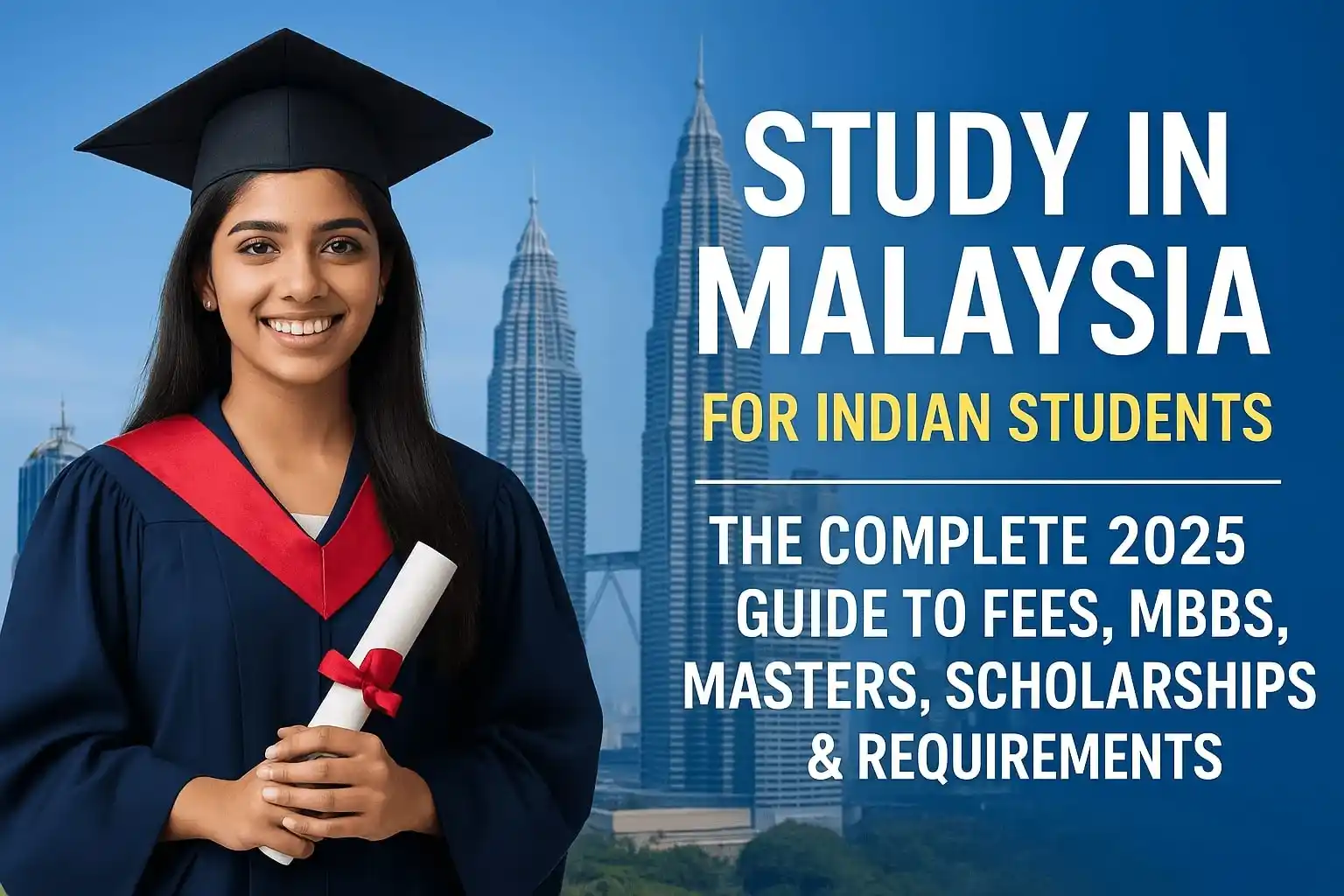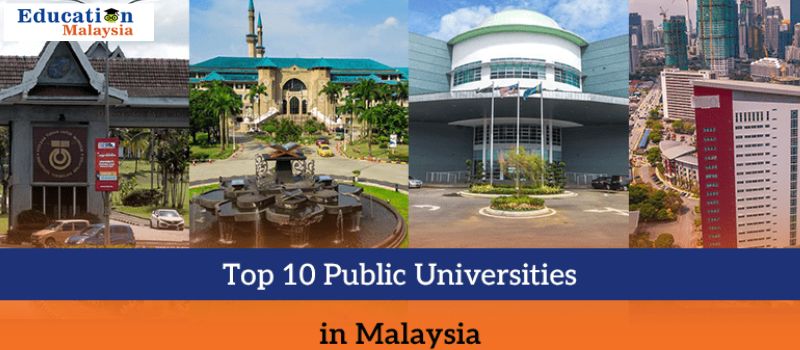- Home
- Blog
- Engineering
- Aerospace Engineering in Malaysia: Courses, Colleges & Careers
Aerospace Engineering in Malaysia: Courses, Colleges & Careers

Table of Content
- Introduction
- Why Choose Aerospace Engineering in Malaysia?
- Top Aerospace Engineering Colleges in Malaysia
- Aerospace Engineering Courses in Malaysia
- Diploma in Aerospace Engineering in Malaysia
- Aeronautical and Aerospace Engineering Professor Jobs in Malaysia
- Internship for Aerospace Engineering Students in Malaysia
- Career Pathways & Industry Outlook in Malaysia
- Accreditation, Facilities & Curriculum Considerations
- Challenges & Tips for Success in Aerospace Engineering in Malaysia
- The Future of Aerospace Engineering in Malaysia
- Conclusion
Introduction
The field of aerospace engineering in Malaysia is evolving rapidly. With the aviation and space sectors gaining more traction, Malaysia presents a compelling setting for students, professionals and academics alike. Whether you’re exploring aerospace engineering colleges in Malaysia, seeking aeronautical and aerospace engineering professor jobs in Malaysia, or investigating aerospace engineering courses in Malaysia, you’ll find that the opportunities are bound by both local market dynamics and global demands. In this article, we’ll unpack ten thorough sections covering education pathways, career prospects, internships, academic roles and emerging trends — all centred around the keyword “aerospace engineering in Malaysia”.
Why Choose Aerospace Engineering in Malaysia?
Pursuing aerospace engineering in Malaysia means stepping into a country that has positioned itself as a strategic hub for aviation, maintenance, repair & overhaul (MRO) and aerospace manufacturing. According to one source, Malaysia offers 13 universities with bachelor programmes in aerospace engineering, making it an accessible option.
Furthermore, vocational and diploma programmes in aerospace engineering offer technical training aligned with industry needs.
The English‐medium programmes, modern facilities and international collaboration give Malaysia an edge. While challenges exist — such as limited large‐scale aircraft production compared to major aerospace nations — the country’s infrastructure and ecosystem for aerospace support roles, design, maintenance and components are strong.
Thus, for students and professionals wanting to engage in aerospace without relocating to Europe or US immediately, Malaysia represents a viable platform.
Top Aerospace Engineering Colleges in Malaysia
When looking at aerospace engineering colleges in Malaysia, several institutions stand out:
- Universiti Sains Malaysia (USM) – Their School of Aerospace Engineering has evolved since its inception in 1999 specialisation of Mechanical Engineering, covering aerodynamics, propulsion and aircraft design
- Universiti Kuala Lumpur (UniKL) – Offers a Bachelor of Aircraft Engineering Technology (Hons) in Mechanical with an aviation focus.
- University of Southampton Malaysia – The Malaysian campus offers MEng Aeronautics & Astronautics (2+2) model.
These colleges feature modern labs, accreditation by Malaysian agencies and international bodies, and emphasise both theoretical and practical learning. When choosing a college, consider factors like accreditation status, facilities (wind tunnels, avionics labs), industry links, internships, and career support
Aerospace Engineering Courses in Malaysia
The breadth of aerospace engineering courses in Malaysia spans diplomas, bachelor’s degrees and advanced honours programmes.
For example:
- Diploma in Aerospace Engineering: a three‐year hands‐on programme focusing on aircraft systems, maintenance and MRO.
- Bachelor’s in Aerospace Engineering (Honours): offered by multiple institutions, covering propulsion, avionics, materials, flight mechanics.
- Specialised tracks: At UTM, the Aeronautical Engineering course covers aerodynamics, aircraft structure, flight dynamics & control, propulsion and aircraft design
In choosing a course, one should look at curriculum (core subjects), accreditation (for example by Board of Engineers Malaysia), language of instruction, intake dates, fees and opportunities for hands‐on labs or projects.
Diploma in Aerospace Engineering in Malaysia
For those who prefer a technical, shorter pathway or wish to enter the workforce sooner, the diploma in aerospace engineering in Malaysia is appealing. The aforementioned Diploma in Aerospace Engineering (DAE) includes core subjects in aircraft engineering technology, maintenance, airport design, flight safety, and MRO
Another example: A Diploma in Aeronautical Engineering Technology (Aircraft Maintenance) at Lincoln University College offers three years full‐time training with workshops, labs and modern equipment.
Such programmes are ideal for students wanting to become aircraft maintenance engineers or technicians, and can serve as a springboard to higher degrees later.
Aeronautical and Aerospace Engineering Professor Jobs in Malaysia
For academic professionals, there are opportunities in Malaysia tied to aeronautical and aerospace engineering professor jobs in Malaysia or lecturer roles. Job portals like JobStreet list numerous “Aerospace and Aviation Lecturer” and “Aerospace Engineering Lecturer” positions.
While full “professor” roles may require doctoral qualifications, research experience and publications, lecturer and senior lecturer positions are actively advertised. Academic professionals can play a key role in developing Malaysia’s human capital in aerospace through teaching, research and industry collaboration.
When considering such roles, aspects to check include: teaching load, lab responsibilities, research funding, industry partnerships, and career progression (e.g., from lecturer to associate professor to professor).
Internship for Aerospace Engineering Students in Malaysia
Internships are a pivotal bridge between academic study and real‐world application, and the internship for aerospace engineering students in Malaysia is gaining momentum. Listings show a healthy number of aerospace engineering intern jobs in Malaysia across multiple companies.
For instance, global aerospace firm GE Aerospace offers internships/co‐ops in Asia, including Subang, Selangor, Malaysia.
These internships provide exposure to manufacturing processes, product development, aerospace systems, maintenance operations and more. For students, key tips: start early, build a strong portfolio (projects, labs), network with senior engineers, and make sure your CV highlights relevant skills (CAD, CFD, materials, avionics).
Internships enhance employability and help tie academic learning (from aerospace engineering courses in Malaysia) to industry requirements.
Career Pathways & Industry Outlook in Malaysia
When you complete your studies in aerospace engineering in Malaysia, what career pathways open up? Graduates may enter roles such as aerospace engineer, propulsion systems engineer, aerodynamics specialist, avionics engineer, maintenance engineer, flight test engineer, among others.
Malaysia’s aerospace industry, including MRO, manufacturing of aerospace components, and aviation services, is growing steadily. Universities and industry linkages are better than before.
However, realistic considerations: Some feedback from students indicates that the industry may be more focused on servicing and MRO rather than full aircraft production. > “Malaysia does not have aircraft production … Even in those countries demand for aerospace engineering goes up or down rapidly…
Thus, students and professionals should weigh their ambitions (R&D vs maintenance/manufacture) and align expectations accordingly. Continuing education, specialisation, certifications (e.g., licensing for maintenance) and staying updated with technologies (UAVs, composites, space systems) will enhance one’s prosp
Accreditation, Facilities & Curriculum Considerations
If you’re evaluating colleges or courses for aerospace engineering in Malaysia, these factors matter:
- Accreditation: Ensure the programme is recognised by Malaysian accrediting bodies and if possible by international engineering institutions (for global mobility).For example, the University of Southampton Malaysia’s programme is accredited by the Royal Aeronautical Society and Institution of Mechanical Engineers.
- Facilities: Modern labs (wind tunnels, avionics labs, simulation tools), workshops, real aircraft components are significant. The Diploma programme described at UniCAM speaks of real aircraft components and simulation tools.
- Curriculum and specialisations: The UTM aeronautical course covers aerodynamics, aircraft structures, flight dynamics & control, propulsion, aircraft design.
- Industry linkage & internships: Strong ties with industry will offer internships, live projects and placement support.
- International exposure: Some programmes offer 2+2 models (two years in Malaysia, two years abroad) or global exposure.
These considerations affect the value and outcome of your study in aerospace engineering.
Challenges & Tips for Success in Aerospace Engineering in Malaysia
While the field offers promise, there are challenges to entering and thriving in aerospace engineering in Malaysia. Some of these include high academic demands (advanced maths, CFD, structural dynamics), limited local major aircraft production compared to global leaders, and the need for continual upskilling
To succeed:
- Build a strong foundation in maths, physics, mechanics and materials early.
- Choose a programme with hands‐on labs, workshops and industry exposure.
- Pursue internships proactively and network with industry professionals.
- Consider further specialisation or postgraduate study if aiming for deeper roles (R&D, design).
- Keep abreast of technologies like composites, UAVs, space systems, additive manufacturing — Malaysia’s aerospace segment increasingly touches these domains
- Be flexible: roles in maintenance, manufacturing and support services may be more available initially than pure aircraft design.
The Future of Aerospace Engineering in Malaysia
Looking ahead, the future of aerospace engineering in Malaysia appears dynamic. As the country implements its national aerospace industry strategies, opportunities in manufacturing of aerospace parts, unmanned aerial systems (UAS), satellite systems, MRO services and aerospace research are likely to expand
Colleges continue updating courses, and industry–academia collaboration is improving. For academics, more teaching and research roles will arise (professors, lecturers) in aeronautical and aerospace engineering professor jobs in Malaysia. The internship landscape is also broadening with global firms establishing regional programmes in Malaysia.
For students and early‐career professionals, aligning with emerging domains (space systems, composite manufacturing, smart avionics) will strengthen career mobility. In sum, choosing aerospace engineering in Malaysia today could place you well for the evolving skies of tomorrow.
Conclusion
If you’re considering a career or academic role in aerospace engineering in Malaysia, you’re tapping into a field with growing relevance, diverse entry pathways (from diplomas to degrees to academic posts), and meaningful industry links. Whether you’re assessing aerospace engineering colleges in Malaysia, exploring aerospace engineering courses in Malaysia, targeting a diploma in aerospace engineering in Malaysia, eyeing internships for aerospace engineering students in Malaysia, or planning a teaching path in aeronautical and aerospace engineering professor jobs in Malaysia — there’s a clear and promising path forward.
The key is to choose the right institution, engage actively with industry, and build both foundational knowledge and specialized skills. The Malaysian aerospace ecosystem may not yet mirror that of the largest aircraft builders, but it offers compelling opportunities in manufacturing, maintenance, avionics, space, and support services.
For students seeking expert guidance on studying aerospace or other engineering disciplines abroad, visit .Tutelage Study Abroad
— a trusted platform that helps you find top universities, suitable programs, and end-to-end admission assistance. With dedication and smart planning, a future in aerospace engineering in Malaysia can be both rewarding and forward-looking.













